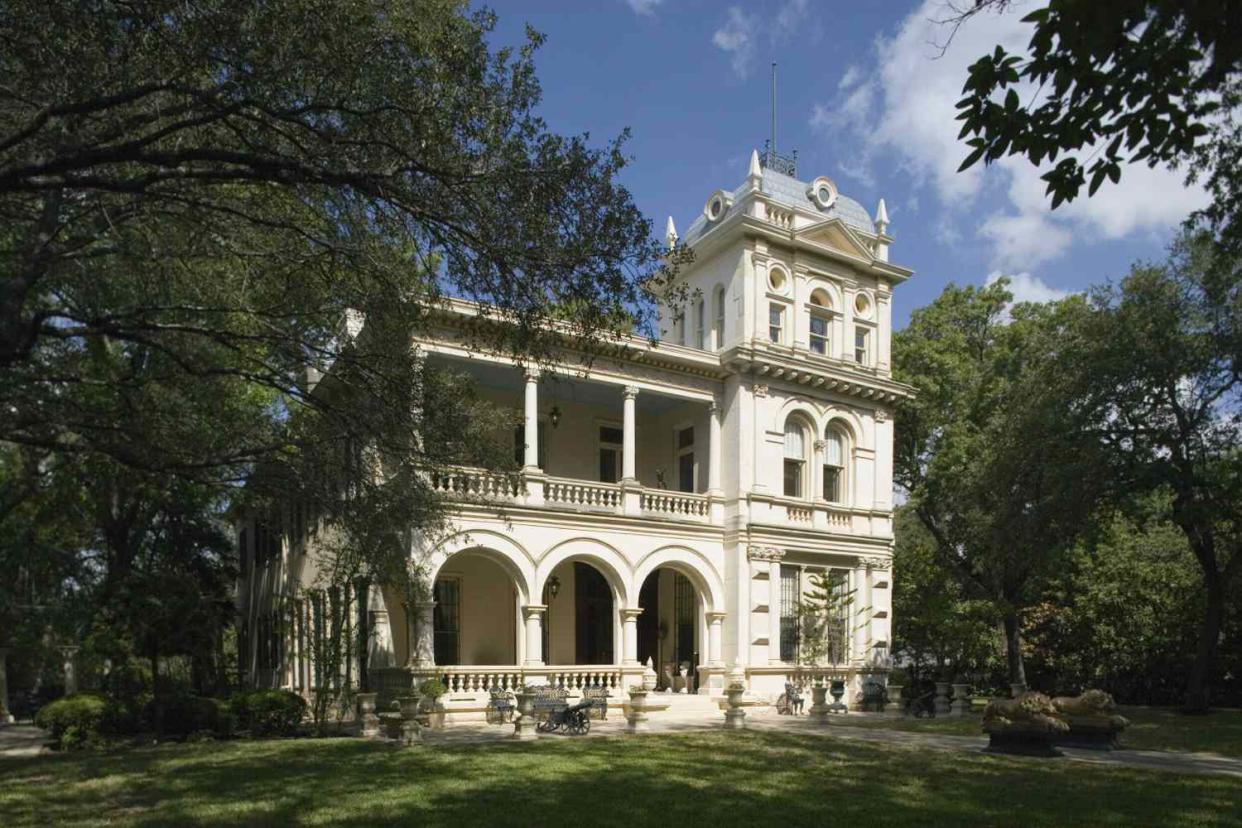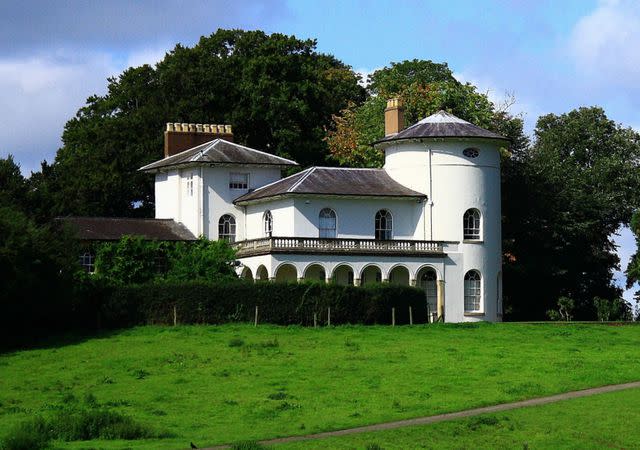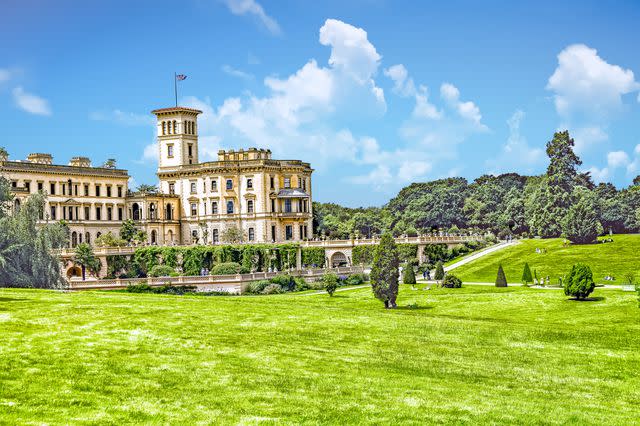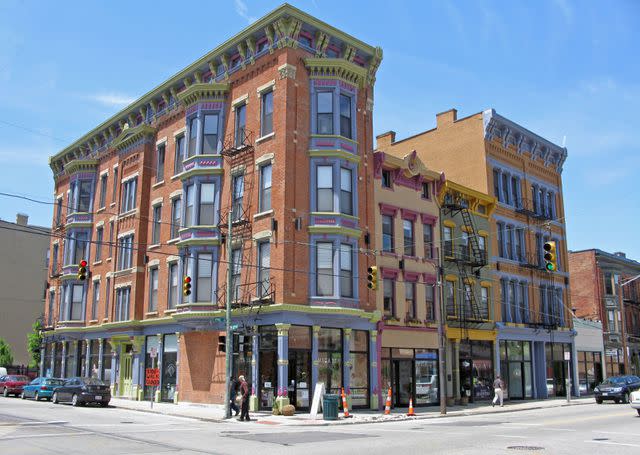What Is Italianate Architecture?

Fact checked by Jessica Wrubel
Italianate architecture is a popular 19th-century style of building that was inspired by 16th-century Italian Renaissance architecture combined with Picturesque influences from the farmhouses of the Tuscan countryside.
This Victorian-era style that began in Britain and spread around the world favored the use of architectural elements from a romanticized past to create buildings that offered an alternative to the prevailing formality of classical architecture. This meant an embrace of less rigid building forms and floor plans as well as an emphasis on natural landscaping when space permitted.

Key Characteristics of Italianate Architecture
Typically built from brick or wood clapboard
Between two and four stories
Tall in appearance, with subtly sloping hipped roofs
Deep overhanging eaves with prominent decorative brackets and wide cornices
Corbels
Entrances with decorative details such as columns and brackets, as well as raised one-storyporches, and single or double doors
Belvederes, cupolas, or towers

What Does an Italianate House Look Like?
Tall narrow rectangular or arched windows
Decorative window trim, pediments
Bay windows
Porches with decorative woodwork
Flexible interior spaces that were a departure from the formal floor plans of classical architecture and often included better access to outdoor space
Focus on the role of landscaping with fanciful picturesque elements like grottos and follies where space permitted
Mass-produced cast iron or pressed metal decorative elements on balconies, porches, and fences
History of Italianate Architecture
British architect John Nash is thought to have built the first Italianate villa in England, Cronkhill in Shropshire in 1802, but Italianate architecture had its heyday from 1840 to 1885. This Victorian-era style was a British interpretation of the architectural and natural splendors of Florence and the Italian countryside that captured the imagination of visiting architects and landscape designers. Architects and landscape designers enchanted by 16th-century Italian Renaissance palazzos in Florence and the Italian farmhouses of Tuscany sought to reproduce some Italian charm at home, creating living three-dimensional postcards of their European tours.
Whereas Greek Revival architecture had been inspired by the classicism of ancient Greece and Rome, Italianate architecture took its cues from Romanticism, the Renaissance, Italian villas, and gardens. It combined the humble Tuscan country farmhouse with its simple lines and signature elements (such as prominent square towers that could give an irregular shape to an otherwise symmetrical building) and offered fresh possibilities for people searching for modern design options that eschewed what came to be seen by some as the stuffiness of classical style. This type of architecture also offered more flexible floor plans and lifestyle options.
Italianate aesthetics were adapted to a range of building types and adapted for a range of income levels, including spacious homes on sprawling properties for the wealthy, and city brownstones and row houses on smaller lots. The rise of mass production meant that fashionable Italianate architectural details could be easily and affordably produced and applied to buildings to create a nod to the style, albeit in a simplified version.

The ideal Italianate home is built on enough land to highlight its connection to the outdoors in homage to the landscaping of the Tuscan countryside, with picturesque details including follies, grottos, and landscaping that looked natural, lush, and spontaneous, and aspired to be as pretty as an oil painting.
Italianate style spread from England throughout Northern Europe, the British Empire, and to the United States where it became a popular style in America during the 1860s after the Civil War. The style spread across the U.S. in large part thanks to popular pattern books that were written by champions of Italianate style such as "The Architecture of Country Houses" by New York landscape designer Andrew Jackson Downing.
In the United States, you can find shining examples of Italianate architecture in areas like the Brooklyn Heights neighborhood of New York City; the 600 block of East Capitol Street NE in Washington, D.C.; the Over-the-Rhine neighborhood in Cincinnati; and throughout the country in cities like San Francisco or New Orleans.
Italianate vs. Victorian Architecture
Italianate architecture is one category of Victorian architecture, which is not a single style but encompasses the multiple building styles of a particular era—specifically the long reign of Queen Victoria over the United Kingdom of Great Britain from 1837 to 1901.
Read the original article on The Spruce.

